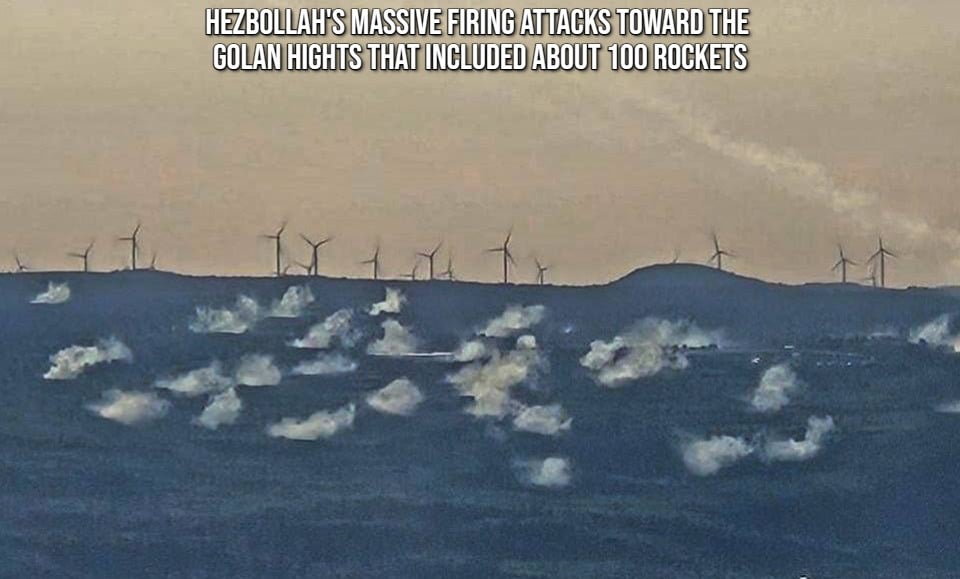One of the questions I receive most often these days is: What will happen next in the conflict between Israel and Hezbollah?
Both as a security professional and a resident of Israel’s North, it’s very difficult for me to give an answer.
There are many questions that remain unresolved at this time. How will tens of thousands of northern residents, who saw what happened to the southern residents on October 7th and understand that it could happen to them too, return to their homes?
What is necessary to make Hezbollah stop firing on northern Israel, both at civilians and military targets?
Here at the Alma Center, we are closely monitoring and tracking the daily security incidents, categorizing Hezbollah’s attacks, listing their claims of attacks, and looking for trends to identify.
There are some weeks where the pace of attacks picks up, and others where they drop back down.
So far in March, we see Hezbollah continuing to use high-trajectory munitions against the North, and the IDF continues its attacks on Hezbollah. What we do not see is any willingness by the Iranian-backed terror army to de-escalate.
On the tactical level, we do not identify any long-term trends in Hezbollah’s activities that indicate one type of weapon has been phased out in favor of another.
However, we have picked up an early, and so far inconclusive, trend this month: a decrease in Hezbollah’s use of anti-tank missiles, which were used until now to target Israeli civilians, their homes, vehicles, and IDF facilities.
As these decrease, we are seeing some days in which Hezbollah fires dozens of rockets at the north.
This might be an early indication that Hezbollah’s terror operatives have been forced by the IDF to move back a little from the border, since anti-tank missile fire requires a close proximity to the intended target. The extended Kornet missile used by Hezbollah, an Iranian version of the Russian system, has an 8 to 10 kilometer range.
Which conclusions can be drawn for the near future based on this data? Not any certain ones.
Currently, Hezbollah has an interest in preserving this situation of uncertainty, because it knows that the status quo is intolerable for Israel.
Israel’s interest is to bring this situation to a close and see its civilians return to their homes in the North, and that is a strong reason for Hezbollah to continue its attacks.
The result: An unbearable reality has become the ‘norm’ in Israel’s north.
The demands by Israel’s northern residents to return to their homes, in effect, forms the countdown to a decision by Israel’s war cabinet to launch military operations in Lebanon. Operations which can be either limited (happening now), or extended, which will have a high cost for both sides.
The question of what will happen first, sufficient Israeli military action or success in US-led efforts to reach a truce that will meet Israel’s security needs, has no obvious answer. Throw into this combustible mix the possibility of Iran following its own hidden timeline, and we have the ingredients for a highly unpredictable situation.
In years past, when groups came to visit the Alma Center and tour the Israeli-Lebanese border, I was able to reasonably assess which days were and were not safe for such border tours, based on recent developments.
Today, I cannot reasonably make such forecasts as the necessary criteria is simply no longer there.
This means that we will all have to continue to deal with uncertainty as we examine critical questions and struggle to find clear answers to them.






